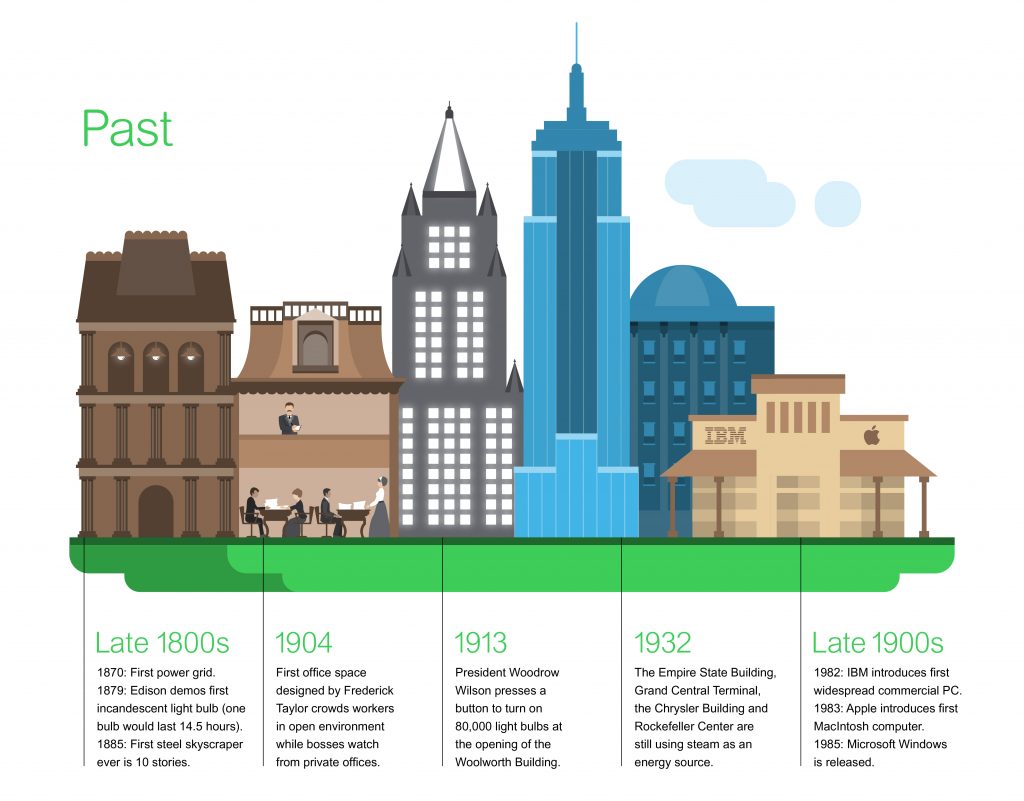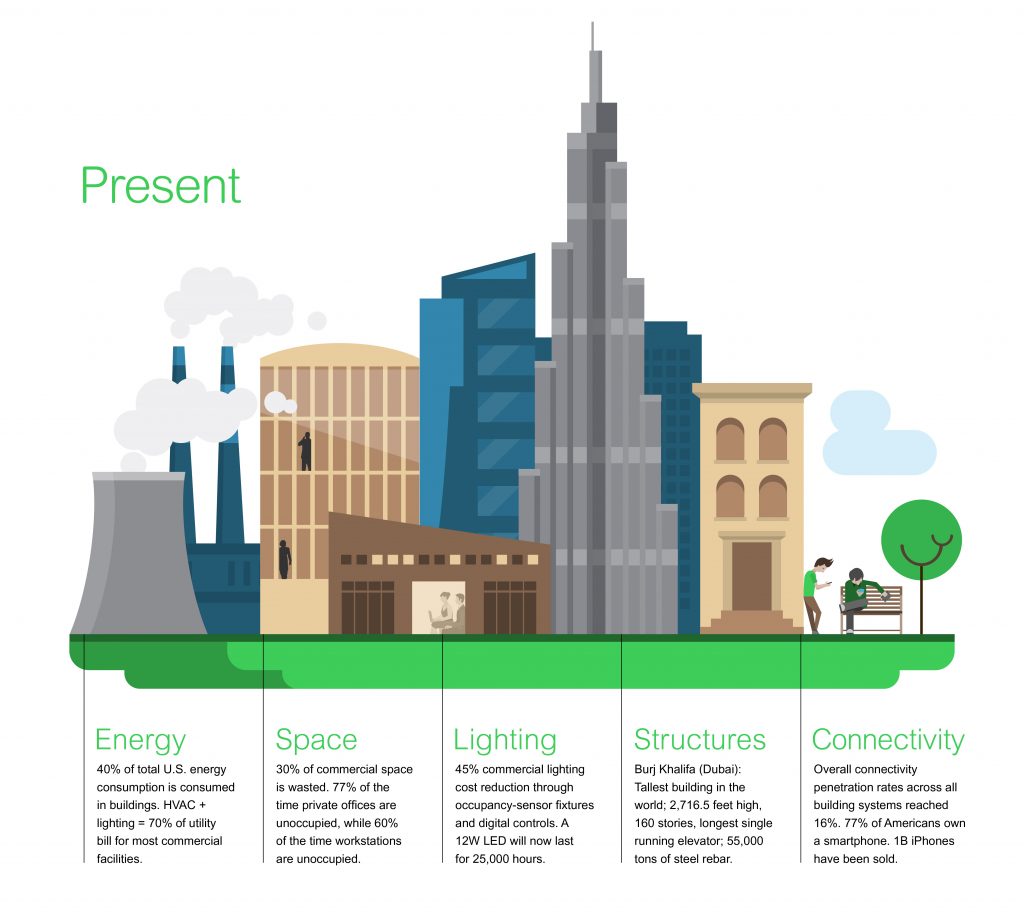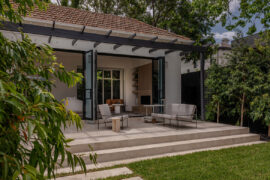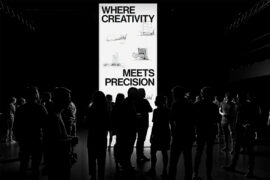How can Facility Managers transform their facilities – old, new, a mix of both – into Smart Buildings? Ram Venkar of Schneider Electric shares that, if done the right way with a clear vision, the returns will far outweigh the costs.

April 16th, 2019
With the growth of Smart Buildings, it is no surprise that Facility Managers today are expected to be more IT-savvy. This poses several interesting challenges to the role of the Facility Manager.
Firstly, the vast amounts of data generated are far too much to consume and understand with a siloed work approach and without tools and applications to assist. The integration of multiple systems provides predictive operational capability, reduces administrative tasks through automated reporting and alarming, and ultimately requires a quick transition from the aforementioned siloed mindset into a system-oriented approach.
This is not the future – it’s today, and thereby creates a need to urgently train and upskill existing personnel. Furthermore, the challenges of security through connected systems, particularly when leveraging cloud-based services, requires an unprecedented level of network and cybersecurity awareness.
Hence, the Facility Manager becomes key to the digital strategy, and the associated success in adoption.

IT networks form the backbone of any Smart Building. For older facilities, transitions to systems on an IP network may provide challenges, particularly around the establishment of the physical infrastructure.
Wireless network architectures may be more favourable to avoid disruptions in operations, but will also be constrained by the network reach and space layouts that could cause connectivity challenges. Multiple IT networks may also be required to securely host an array of systems.
Choice of the IT networks in older facilities also depends on the capabilities of the associated hardware generating data and controlling the building. Today, most high-end BMS have some form of wired IP-capability, with wireless controllers gradually appearing. However, advanced Smart Building technology like Space Utilisation solutions employ wireless sensors (e.g. LoRa, Bluetooth, WiFi, NFC, Zigbee). Therefore, depending on the level of investment and size of the facility, owners may wish to diversify the variety of IT infrastructure available.

While newer facilities have greater flexibility over the choice of IT infrastructure and technology, greater care should be taken that investment made does not get outdated within a short period of time. With networks becoming faster and the cloud expanding in terms of both storage and analytical capabilities, new facility owners need technologies that complement business operations.
It is crucial that buildings and systems are designed to suit their businesses and not the other way around. Bearing that in mind, network designers are best poised to provide a variety of IT infrastructure.
Equipping the facility with a basic array of environmental and occupancy sensors helps keep up with industry trends and evolving employee expectations.
Small design implementations, like enabling expansion capabilities through a range of network ports, and widespread power outlets can have a huge impact on technologies invested in the future, and the costs associated with implementing the same.
Maximising IoT devices and cloud connectivity further helps ensure a continuous assessment of operations, analyse cross-system data, and ultimately streamline building performance to improve occupier experience and comfort.

What do you do if your facilities have a mix of old and new buildings? Most organisations are under constant pressure on available funds, while being pressed to improve performance and enhance occupant experience.
What is the realistic approach to technology investments in such cases?
Consider the case of Swansea University. The old campus was on an outdated Building Management System (BMS) with limited analytical capabilities and integration with the power infrastructure.
Meanwhile, the new facility was designed with the latest high-performance BMS and Power infrastructure, sitting an IoT platform that could bring together multiple systems under a single architecture.
What this system also allowed was the integration of operations of legacy and modern assets across the two campuses. Furthermore, an upgrade strategy for the older site was put in place that enabled the facility managers.
Given the high levels of compatibility and the bespoke, modular nature of the new system, the upgrade or complete replacement of the legacy infrastructure can be done in parts and aligned with budget and planning cycles, as opposed to a one-off, costly investment. Swansea University represents a well-thought-out upgrade strategy for an older facility – read more about it here.
Smart Buildings underpin the future of an energy-efficient economy. Facility Managers and Building Owners should note that a digital ecosystem is in the present. A lack of action today will cause pain tomorrow. Ultimately, Smart Buildings are not a pocket-draining investment – if done the right way with a clear vision, returns far outweigh costs.
INDESIGN is on instagram
Follow @indesignlive
A searchable and comprehensive guide for specifying leading products and their suppliers
Keep up to date with the latest and greatest from our industry BFF's!

For Aidan Mawhinney, the secret ingredient to Living Edge’s success “comes down to people, product and place.” As the brand celebrates a significant 25-year milestone, it’s that commitment to authentic, sustainable design – and the people behind it all – that continues to anchor its legacy.

A longstanding partnership turns a historic city into a hub for emerging talent

Schneider Electric’s new range are making bulky outlets a thing of the past with the new UNICA X collection.
The internet never sleeps! Here's the stuff you might have missed

The independent Master Jury of the 16th Award Cycle (2023-2025) has selected seven winning projects from China to Palestine.

Through experience and with a passion for great design, Biasol is making gentle and perfect waves on the landscape of design.

Director Ian Briggs is one of the longest serving members of the Plus team and – with a milestone rebrand complete and a Sydney event just yesterday – he walks us through the state of play at the practice in 2025.

Karndean’s newly evolved Opus range brings versatility and durability to the forefront of commercial flooring. Blending design-led aesthetics with robust, high-performance functionality, it’s a go-to solution for spaces that demand both style and resilience.